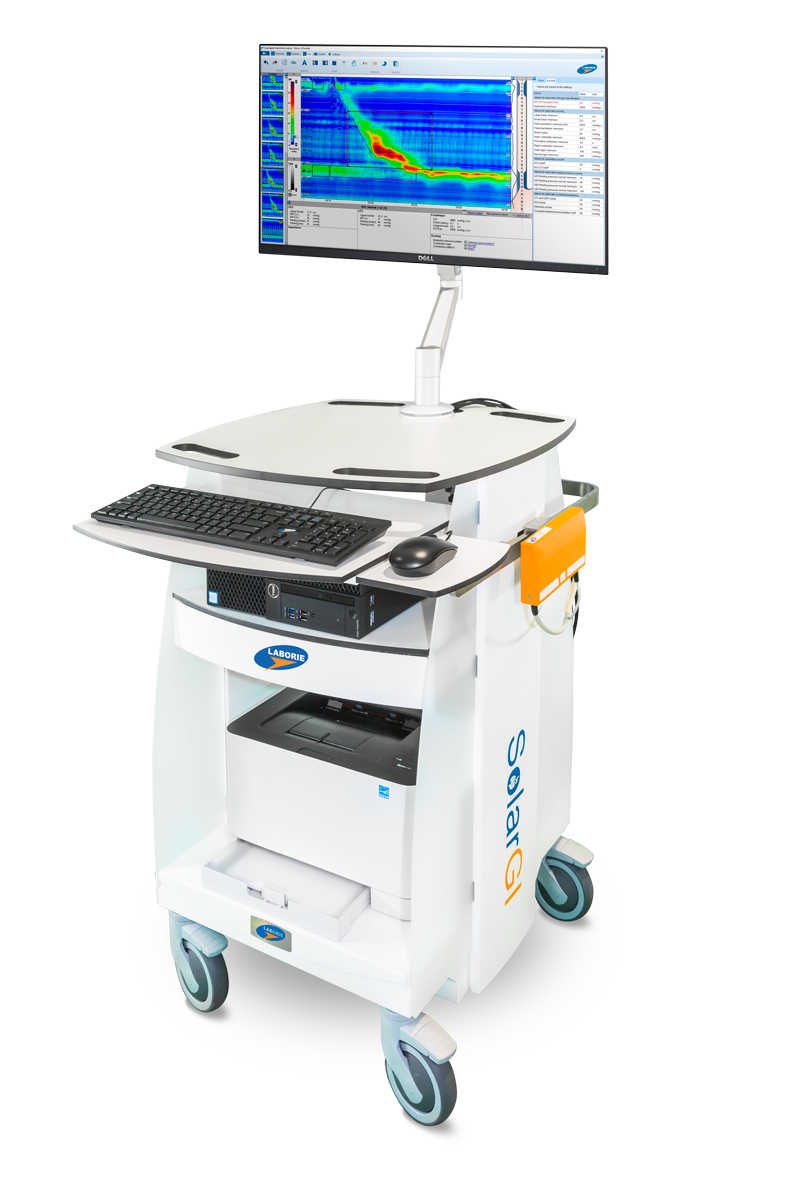What is High Resolution Manometry?
High Resolution Manometry (HRM) is a state-of-the-art approach of measuring pressures in the esophageal body and presentation of the results. This method consists of measuring multiple pressures simultaneously, allowing detailed assessment of all relevant data for the whole esophagus. HRM solutions for antroduodenum, small bowel and colon are available as well.
Besides the conventional displays, rapid data interpretation via Clouse contour plots can be established. The Clouse contour plot display offers more information than the traditional pressure curves and is still easier to analyze due to the recognition of typical patterns. Laborie offers 36 pressures solid state and 22 pressure channels water-perfused HRM solutions.
HRM Advantages:
- Improved understanding of the motility peristaltic pressure waves
- Manage risks of misdiagnosis of achalasia (pseudo relaxation of the LES)
- Perform UES/LES investigations (also with water-perfused catheters)
Clinical Applications of HRM:
- High Resolution Esophagus Manometry (HRM)
- High Resolution Impedance Manometry (HRIM)
- High Resolution Anorectal Manometry (HRAM)
- High Resolution Manometry combined with Video
High Resolution Manometry can be used to measure peristalsis in the esophagus (HR(E)M) and to assess the apparatus and defecation provided by the anal sphincter (HRAM). HRM can also be combined with impedance measurement (HRIM) and/or video images and cineloops to view the swallows and bolus movement in the esophagus.
Laborie is passionate about bringing freedom and dignity to patients suffering from gastroenterological diseases and disorders through innovation in diagnostic and treatment options. We work with leading clinician-researchers and local universities to incorporate the most recent advancements and technical knowledge into our products while reflecting practical realities of the typical GI clinic.





